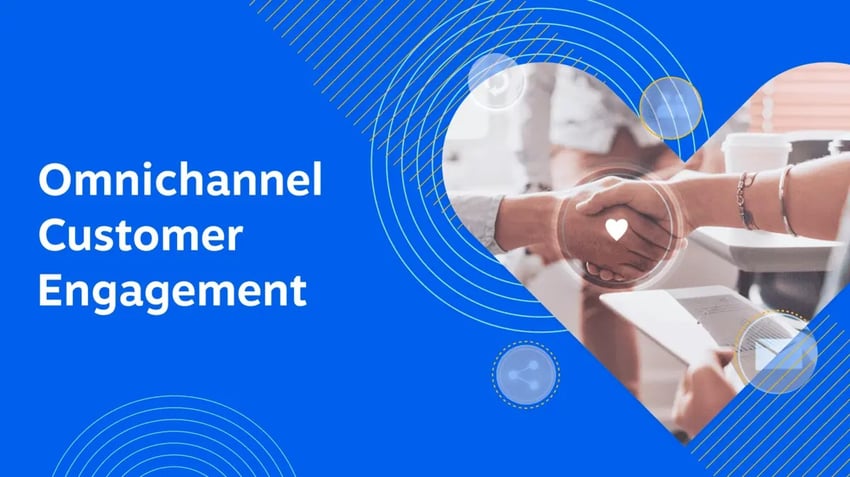Keeping existing customers is more cost-effective than acquiring new ones, especially during economic downturns. According to McKinsey, businesses must acquire three new customers to make up for the loss of one.
Customer churn can be costly for businesses of any size or industry, but an effective customer retention management strategy can overcome the challenge.
Where does your CX strategy stand with AI?
Take the AI Maturity assessment to get personalized recommendations on how to enhance your CX.
Our guide outlines the reasons behind customer churn, various methods to mitigate it, and proactive measures to take in boosting customer loyalty and minimizing churn risks.
| What Is Customer Churn? Customer churn, also known as customer attrition, describes the rate of customer loss over a specified time period. Churn is harmful to a business because it decreases its long-term sustainability. |
Why Customers Churn
Understanding the reasons why customers churn is crucial for developing effective retention strategies. Identifying common causes can help businesses pinpoint areas for improvement and implement targeted solutions.
- Bad customer service: Poor customer service experiences, such as long wait times, unhelpful agents, or unresolved issues can lead to customer dissatisfaction and churn.
- Poor customer onboarding: A confusing or ineffective onboarding process can hinder customer adoption and increase the likelihood of churn.
- Product not meeting customer expectations: If a product fails to deliver on its promised benefits or doesn’t align with customer needs, it can lead to disappointment and churn.
- Product issues: Technical glitches, bugs, or performance problems can frustrate customers and contribute to churn.
- Unfavorable feature changes: Significant product changes that negatively impact customer experience or value can cause customers to leave.
- Customers switch to a competitor: Attractive offers, superior features, or better pricing from competitors can entice customers to switch.
13 Ways to Reduce Customer Churn
Now that we know why customers choose to leave, let’s take a deep dive into how to reduce customer churn.
1. Attract the right customers
Acquiring the right customers involves matching your product or service to your target audience to reduce churn by attracting those who genuinely need your offering. Start by:
- Developing detailed customer profiles to understand the demographics and buying behaviors of your ideal customers
- Aligning your goals during the sales process to ensure your product helps customers achieve their specific goals, enhancing customer satisfaction and retention
- Using targeted marketing strategies and gathering and managing customer feedback to refine your approach
2. Prioritize onboarding and customer education
Prioritizing onboarding and customer education reduces customer churn by helping customers quickly experience the product’s core benefits, which shortens the time to value. Simplifying the onboarding process through guided workflows, tooltips, and personalized welcome emails can build brand trust and direct user attention to key actions.
Exceptional early customer service creates positive first impressions and engages customers who are less likely to churn. Additionally, providing educational content such as webinars and tutorials helps customers fully utilize product features, fostering a continuous learning cycle that improves retention and addresses early churn issues.
3. Offer incentives and reward loyalty
Offering incentives and rewarding loyalty reduces customer churn by increasing satisfaction and encouraging repeat purchases. Loyalty programs build long-term relationships by showing customer appreciation through discounts, special offers, and VIP benefits. Some examples include:
- Points-based programs that allow customers to collect and redeem points
- Tiered loyalty programs that offer exclusive, personalized, members-only benefits
- Premium loyalty programs that charge a membership fee but provide significant perks and value
Additionally, referral programs further boost retention and acquisition by leveraging word-of-mouth marketing, offering incentives like cash, free products, or store credit. These strategies encourage repeat business and provide a competitive edge through enhanced customer loyalty and social proof.
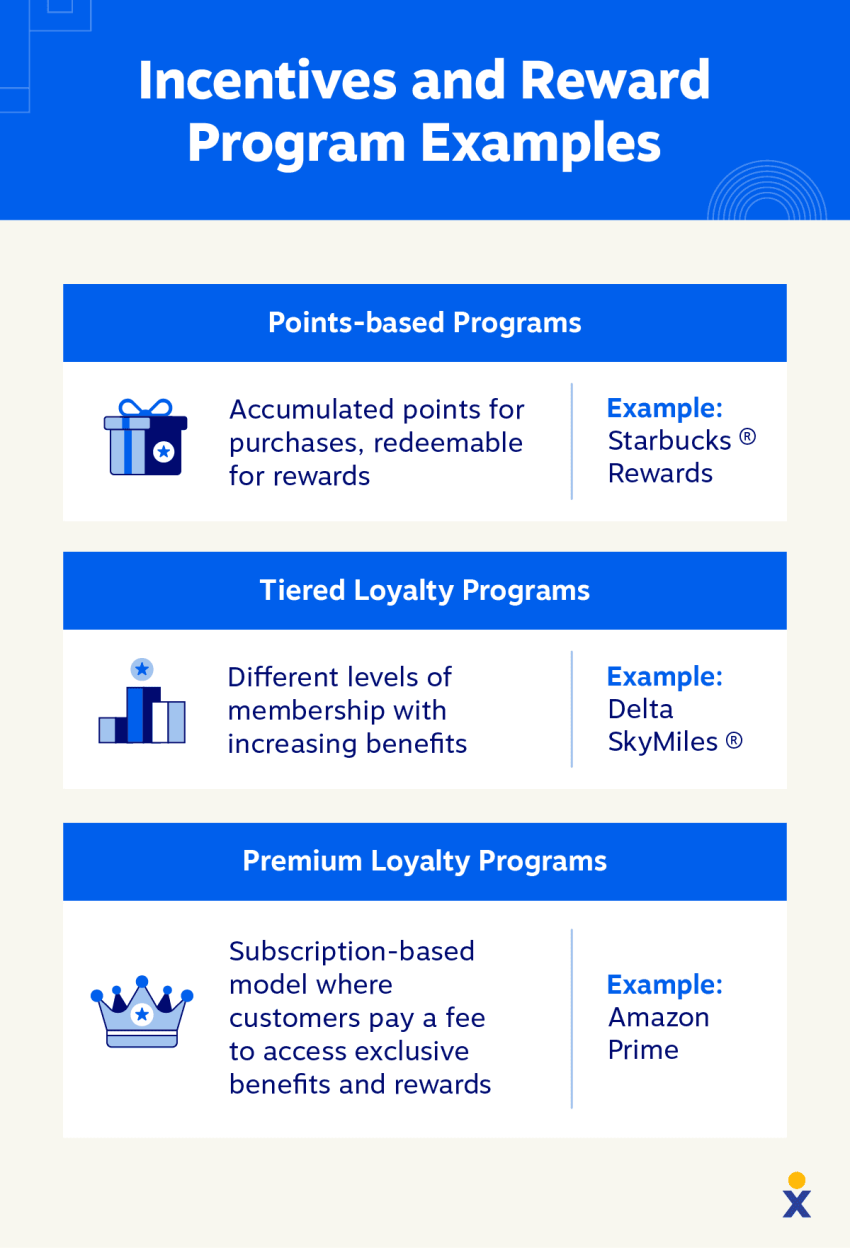
4. Deliver exceptional customer service
Delivering exceptional customer service reduces churn by enhancing customer satisfaction and loyalty, providing 24/7 support, making it easy for customers to self-serve, and fostering a customer-first mindset. Plus, value-added offerings, such as exclusive content and premium support, further improve brand loyalty.
Learning from companies like Amazon and Zappos, prioritizing customer needs over products or profits sets a strong foundation for reducing churn.
| Nextiva’s State of Customer Experience Report found that 24% of respondents say their company doesn’t track first call resolution rate (FCR), a key metric that contributes to reduced customer churn. |
5. Analyze customer churn in real-time
Analyzing customer churn in real time reduces churn by helping businesses proactively identify potential issues before they lead to customer departure. By examining churn patterns, such as periods of inactivity or specific times after signup, companies can target at-risk customers.
Gathering direct feedback through dedicated support team calls, rather than just exit surveys, uncovers hidden issues like onboarding problems. Combining churn data with customer experience metrics helps predict dissatisfaction early, enabling targeted engagement to salvage relationships and improve customer retention.
6. Collect feedback
Collecting feedback reduces customer churn by prioritizing customer needs and enabling proactive improvements based on their input. Open communication channels and targeted surveys at strategic points gather valuable customer insights while acknowledging and acting on feedback demonstrates responsiveness and strengthens customer relationships.

Regularly collecting feedback from both loyal and churned customers provides a comprehensive understanding of user experience, allowing for targeted churn recovery efforts. Responding promptly to reviews and supplementing surveys with insights from customer service interactions further showcases a commitment to customer care and helps identify actionable improvements.
7. Engage with your customers
Customer engagement reduces churn by fostering active engagement and building strong relationships through relationship marketing. Providing valuable content, such as product benefits, news updates, and special offers, keeps customers informed and connected.
Proactive outreach and personalized messaging tailored to individual usage demonstrate investment in customer success and enhance engagement. Extending engagement through multiple channels, including email, blogs, and newsletters, and analyzing content performance to integrate top-performing content into onboarding ensures continuous customer interaction and satisfaction.
8. Lean into your competitive advantages
Leaning into your competitive advantage reduces churn by consistently reminding customers of your product’s unique benefits and features through targeted communication. Creating informative content, such as case studies and tutorials, demonstrates the product’s usefulness and reinforces its value.
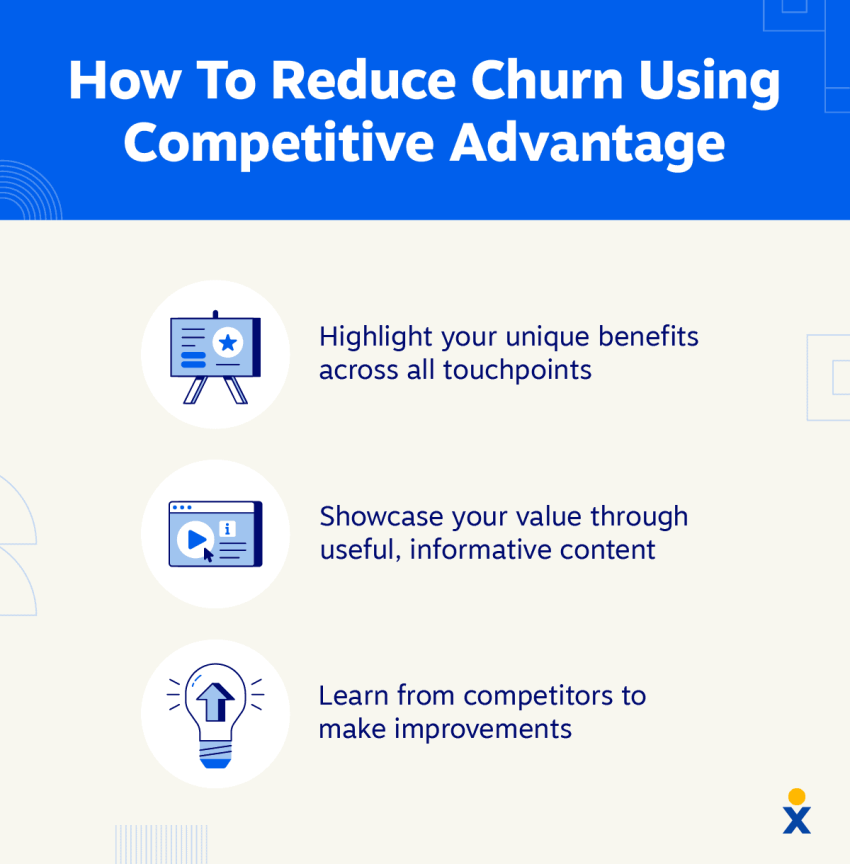
Benchmarking customer satisfaction and performance against competitors helps identify areas for improvement while analyzing competitor customer success initiatives informs your strategies. Clearly articulating what sets your product apart from competitors and ensuring marketing messaging effectively communicates these advantages across all customer touchpoints helps maintain customer loyalty.
9. Build a community
Building a community around your brand and products reduces customer churn by fostering loyalty and a sense of belonging among customers. Active community management, including engaging with customers, creating online forums, and hosting events, strengthens these connections.
Providing a space for customers to interact, share experiences, and learn about products enhances their engagement and satisfaction. Monitoring community interactions also allows businesses to address customer concerns, further increasing retention proactively.
10. Identify and prioritize your high-value customers
Identifying and prioritizing high-value customers reduces churn by allowing for more focused and proactive retention efforts. Assigning dedicated retention specialists or customer success managers to high-value accounts ensures personalized support and fosters stronger relationships, improving customer satisfaction.
Regularly analyzing customer behavior to identify early warning signs of churn, such as decreased usage or increased support tickets, helps prioritize retention efforts for those most at risk. This targeted approach, supported by a clear definition of high-value customer segments and data-driven strategies, helps maintain loyalty and reduce attrition effectively.
11. Offer long-term options
Offering long-term options reduces customer churn by encouraging longer-term commitments, which typically result in lower churn rates compared to monthly subscriptions. Annual contracts provide ample time to demonstrate product value and build customer loyalty.
Businesses can increase customer commitment by offering annual upgrades and exploring extended subscription models. Creating attractive long-term packages with additional value or incentives makes these options more compelling and reinforces customer retention.
12. Pinpoint customers at risk
Pinpointing customers at risk reduces churn by allowing businesses to address potential issues before they leave. There are several ways to do this:
- Behavioral metrics, such as less engagement or increased support tickets
- Negative customer sentiment from predictive analytics tools
- Low NPS or CSAT score

Tools like customer surveys help identify dissatisfied customers, while negative customer reviews can signal at-risk customers.
Leveraging customer data to gather insights enables targeted interventions, such as personalized communication or enhanced support, to address pain points. Proactive actions ensure issues are resolved and help maintain customer loyalty.
13. Listen to complaints and address them quickly
Listening to complaints and addressing them quickly reduces customer churn by treating complaints as indicators of underlying issues that need proactive resolution. Monitoring feedback channels such as forums and review sites helps gather insights into customer concerns.
Prioritizing the resolution of genuine issues and providing timely, estimated response timelines demonstrates responsiveness and commitment to customer satisfaction. Improving resolution speed ensures issues are addressed promptly, which helps maintain customer loyalty and reduce the likelihood of churn.
How to Measure Customer Churn
Understanding and measuring customer churn is crucial for businesses to identify areas for improvement and make data-driven decisions. By tracking key customer service metrics, you can gain valuable insights into customer behavior and retention.
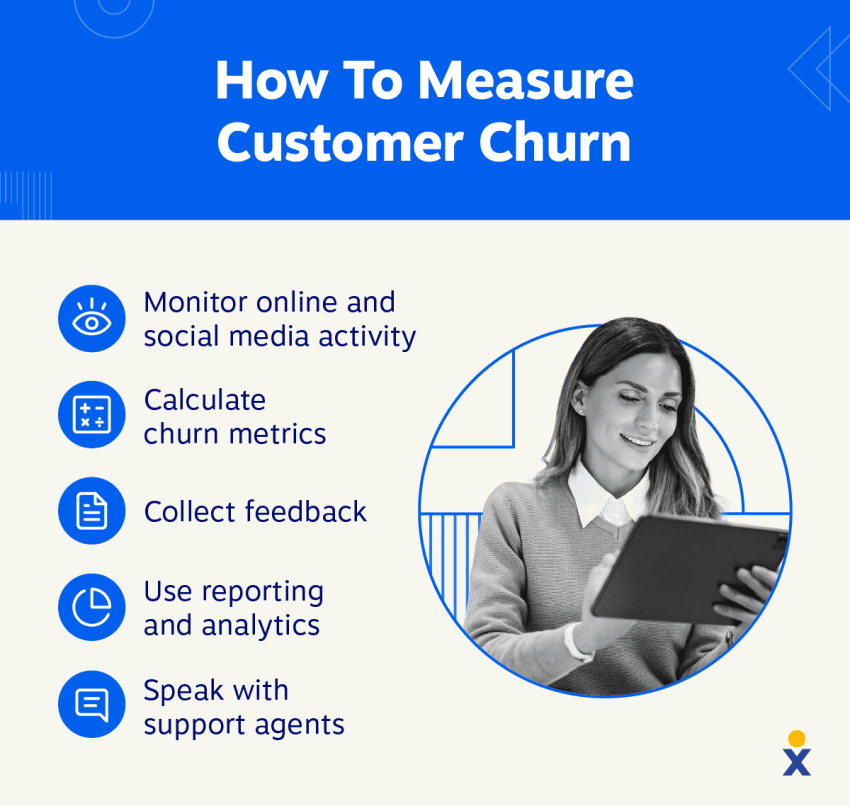
Calculate customer churn metrics
Businesses can calculate several key metrics to effectively measure customer churn. Here are a few of them explained and the formula to calculate them:
- Churn rate: This metric represents the percentage of customers who stop doing business with a company during a specific time period. It is calculated as the number of customers lost during a period divided by the total number of customers at the beginning of the period.
- Customer Effort Score (CES): CES measures the amount of effort a customer has to exert to complete a service or task. It is typically measured on a scale of 1 to 5, with 1 being very easy and 5 being very difficult. A lower CES indicates a better customer experience.
- Customer Lifetime Value (CLV): CLV is the total revenue a business can reasonably expect from a single customer account. It is calculated by estimating the average revenue per customer, customer lifespan, and profit margin.
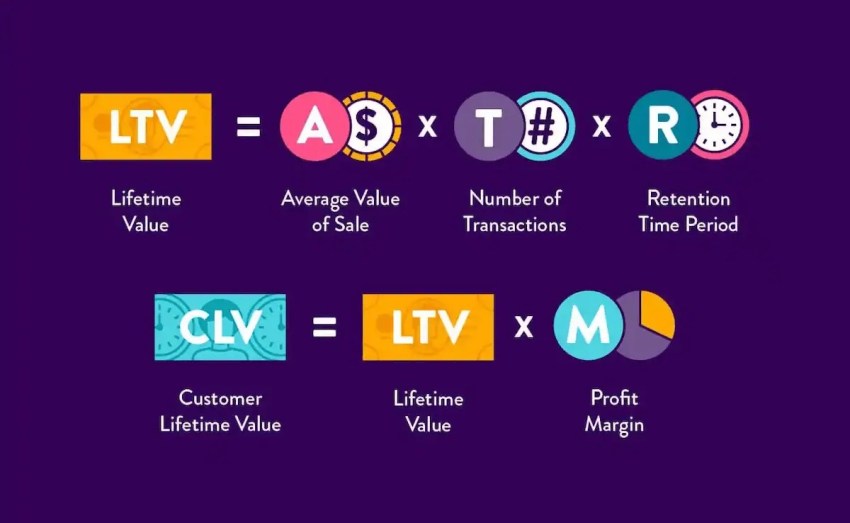
While CES and CLV are important metrics, they are not direct measures of churn. They provide insights into customer experience and overall business health, which can impact churn rates.
Collect feedback
Collecting customer feedback is essential for understanding customer satisfaction and identifying potential churn risks.
- CSAT Scores: Customer Satisfaction (CSAT) scores measure customer satisfaction with a specific interaction or experience. They are often used to evaluate customer support performance.
- NPS surveys: Net Promoter Score® (NPS) surveys measure customer loyalty and predict business growth. They typically ask customers to rate their likelihood of recommending a company on a scale of 0 to 10.
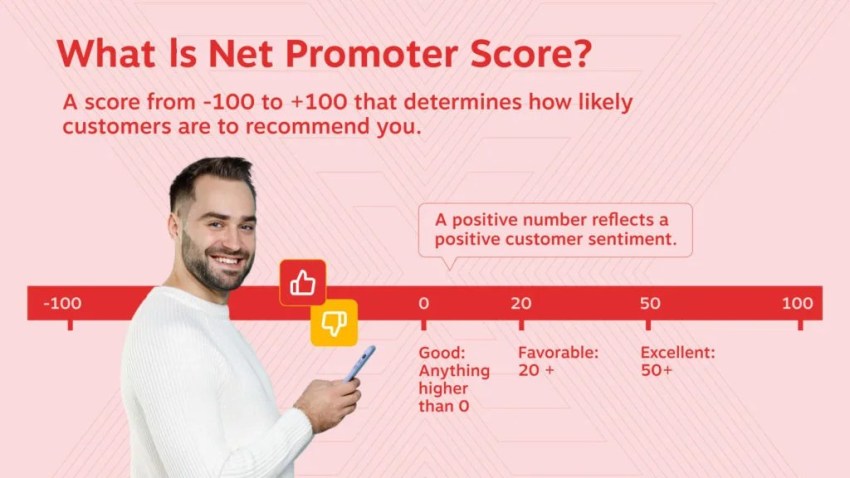
Monitor social media mentions, review sites, and community forums
Keeping track of online conversations about your brand can provide valuable insights into customer sentiment and identify potential churn risks. Social media management, like monitoring social media mentions, review sites, and community forums, allows you to address customer concerns promptly and improve overall customer experience.
Reporting and analytics tools
Leverage reporting and analytics tools to gain deeper insights into customer behavior and churn patterns. These tools can help you identify trends, segment customers, and measure the impact of churn reduction initiatives.
Speak with customer support agents
Customer support agents have firsthand customer interactions and can provide valuable insights into customer issues and concerns. Regular conversations with your support team can help you identify potential churn risks and improve customer service processes.

Customer Retention Made Easy with Nextiva
By implementing these strategies and fostering a customer-centric culture, you can significantly reduce customer churn and build a loyal customer base. Remember, the key to success lies in understanding your customers, meeting their needs, and providing exceptional value.
At Nextiva, we understand the importance of customer retention. Our comprehensive customer experience platform empowers businesses to deliver exceptional customer journeys, reduce churn, and drive growth. By leveraging our advanced analytics and AI-powered insights, you can gain a deeper understanding of your customers and make data-driven decisions to improve customer satisfaction.
Create an amazing CX.
Nextiva’s platform makes it easy to engage on every channel to provide the best customer experience.
Reduce Customer Churn FAQs
Understanding and addressing customer churn is essential for business growth and success. By implementing effective strategies and tracking key customer service and call center metrics, you can significantly improve customer retention.
A good customer churn rate varies depending on the industry, business model, and other factors. Generally, lower churn rates are better. However, tracking your churn rate over time and identifying trends is more important than comparing it to industry averages.
Effective customer churn reduction strategies include improving customer experience, offering excellent customer service, building strong customer relationships, and implementing loyalty programs. Additionally, understanding customer needs, utilizing data analytics, and making data-driven decisions can significantly impact customer retention.
The top reason for customer churn is often a poor customer experience. Factors such as poor product quality, subpar customer service, lack of communication, and high prices can all contribute to customers leaving a business. Identifying the reasons for churn within your business is essential to develop targeted solutions.
Net Promoter, Net Promoter Score, and NPS are trademarks of NICE Satmetrix, Inc., Bain & Company, Inc., and Fred Reichheld.

















 Customer Experience
Customer Experience 







